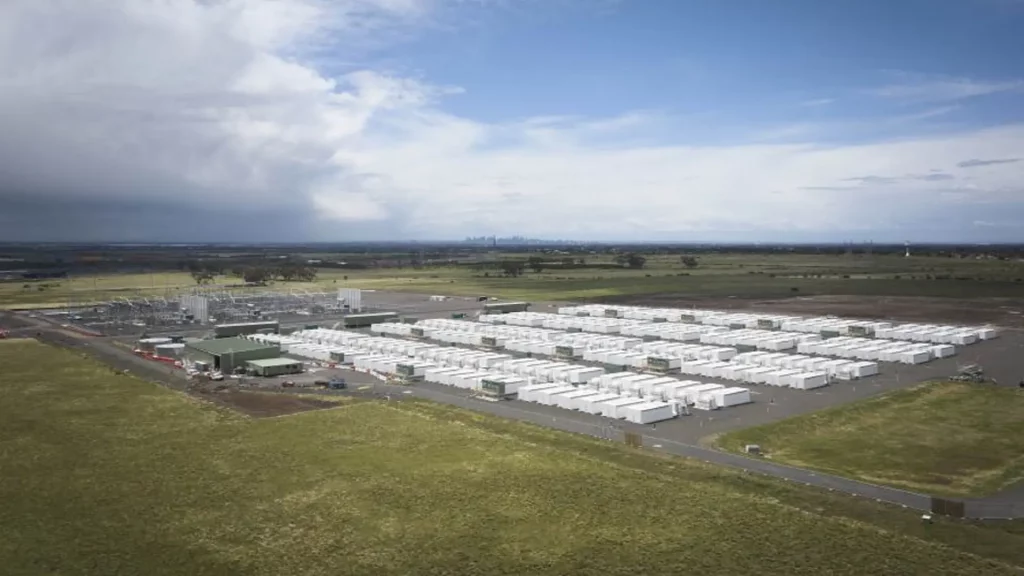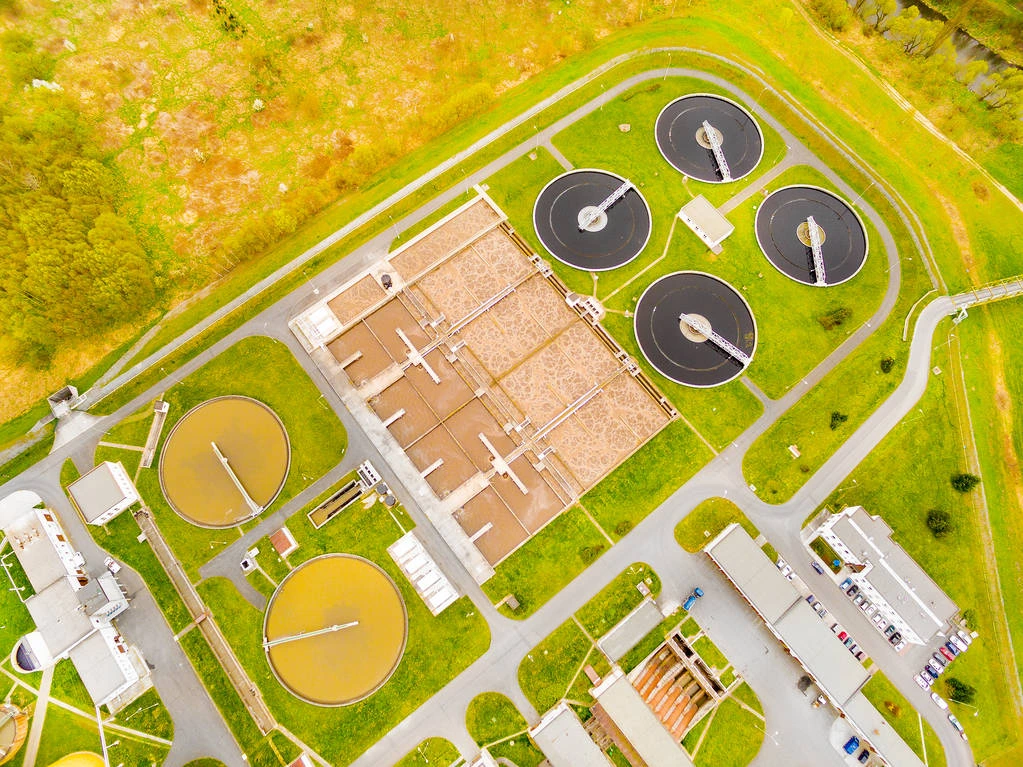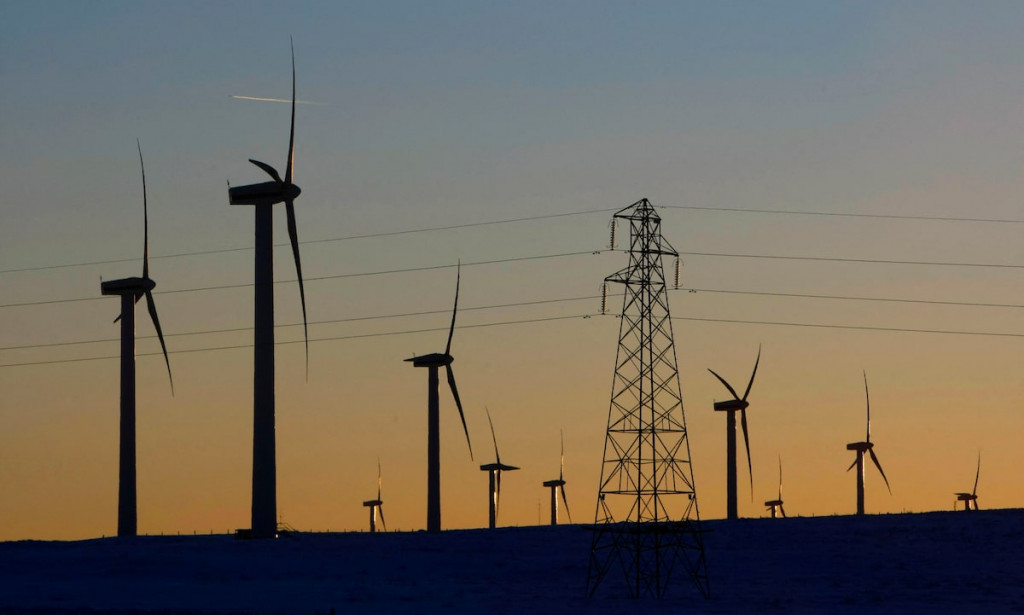
EU Sets 2040 Climate Target: 90% Emissions Cut with BioCCS as a Core Solution
08.07.2025European Commission Proposes 90% CO₂ Emissions Reduction by 2040: BioCCS as a Key Enabler of Climate Goals.
“The deployment of carbon dioxide removal is unavoidable if net-zero emissions are to be achieved.” — Intergovernmental Panel on Climate Change (IPCC), AR6 Synthesis Report
The European Commission has proposed a new climate target for 2040: a 90% net reduction in greenhouse gas emissions compared to 1990 levels. This is a pivotal step toward achieving EU climate neutrality and fulfilling the objectives of the Paris Agreement.
According to the IPCC, to limit global warming to 1.5 °C, the world must remove up to 10 gigatonnes of CO₂ per year by mid-century. For the EU, this translates to an urgent need to remove 400 million tonnes of CO₂ annually by 2040.
One of the most promising solutions to meet this target is bioenergy with carbon capture and storage (BioCCS) — a technology that combines the use of biomass for energy with the capture and long-term storage of CO₂.

BioCCS and biochar are among the most scalable and cost-effective negative emission technologies
Current EU policy does not sufficiently support BioCCS and other CDR (Carbon Dioxide Removal) solutions
Bioenergy Europe urges the integration of CDR into EU climate governance and investment frameworks
“Integrating highly efficient removal methods, such as capturing and storing biogenic emissions (BioCCS) and biochar, into EU climate architecture sends a strong signal to innovators and investors, laying the foundation for a robust carbon management sector,” states Bioenergy Europe.
To deliver on the 2040 goal, the EU must:
- Establish long-term policy certainty
- Provide financial incentives for early-stage investors
- Legally embed carbon removal (CDR) into EU climate legislation
Carbon removal is not a substitute for emission reductions — it is a necessary complement. Rapid decarbonization must continue in parallel with the scale-up of negative emissions technologies.
Ukraine must actively align its climate policy with that of the EU to participate in the development of a unified, low-carbon European economy. This includes:
Adopting climate governance frameworks compatible with EU standards
Stimulating investment in sustainable bioenergy and carbon removal technologies
Strengthening energy security through local renewable solutions
Ukraine’s integration into the EU’s climate-neutral trajectory is a strategic opportunity — not only for emissions mitigation but for green economic transformation and long-term resilience.
Become a member of 100 RE UA
Switching to 100% renewable energy in Ukraine is possible!




